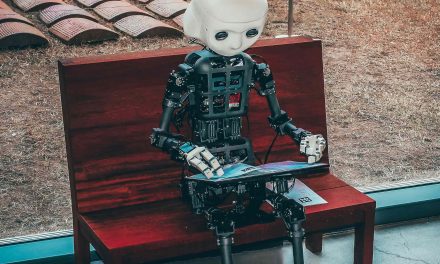Introduction
Your daily routine might seem effortless, but for a robot, each task involves intricate planning. MIT’s Improbable AI Lab introduces a groundbreaking multimodal framework, Compositional Foundation Models for Hierarchical Planning (HiP), leveraging three distinct foundation models for language, vision, and action data.
The Challenge of Robot Planning
Unlike humans who intuitively navigate daily chores, robots require comprehensive plans. HiP addresses this challenge by utilizing models trained on diverse data modalities, paving the way for transparent and efficient decision-making.
A Multimodal Trio
While previous models relied on paired vision, language, and action data, HiP takes a unique approach. It employs three separate foundation models, each trained on different data modalities. These models collaborate seamlessly during decision-making, eliminating the need for access to costly paired data and enhancing transparency.
HiP’s Impact on Robot Tasks
HiP has the potential to revolutionize household chores, construction, and manufacturing tasks. The team envisions robots adeptly completing chores like putting away books or placing bowls in dishwashers. Moreover, HiP could prove invaluable in complex tasks such as construction and manufacturing processes.
Evaluating HiP’s Performance
The CSAIL team tested HiP on various manipulation tasks, outperforming comparable frameworks. HiP demonstrated adaptability by adjusting plans based on new information, surpassing state-of-the-art task planning systems.
Three-Pronged Hierarchy
HiP’s planning process operates as a three-pronged hierarchy, pre-training each component on diverse datasets. Starting with a Large Language Model (LLM), HiP ideates and breaks down tasks into sub-goals. A video diffusion model then augments this planning, providing the necessary environmental understanding for precise execution.
HiP’s Potential Applications
The versatility of HiP lies in its ability to combine pre-trained models, leveraging different modalities of internet data. This collaborative approach facilitates robotic decision-making, making it applicable in various settings, from homes and factories to construction sites.
About the Author
Pritish Kumar Halder is a seasoned researcher and writer specializing in artificial intelligence and robotics. With a passion for exploring the intersection of technology and human life, Pritish brings a unique perspective to the evolving landscape of AI. As a contributor to cutting-edge discussions, Pritish Kumar Halder continues to unravel the complexities of emerging technologies.











